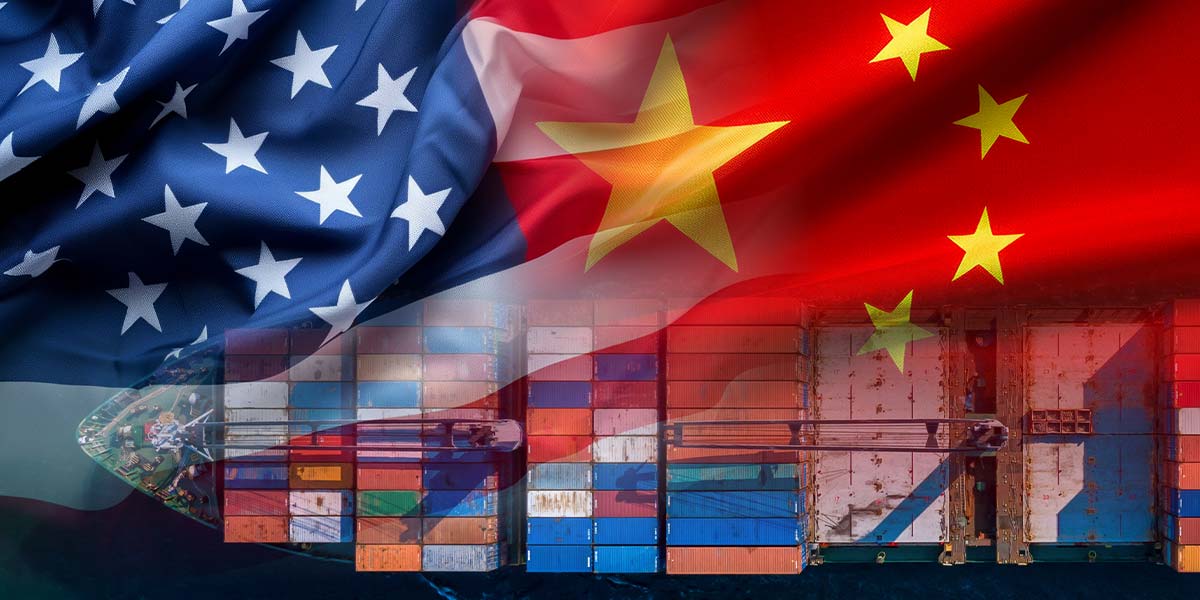In a significant escalation of maritime trade policy, the United States has announced new tariffs on ships manufactured in China, responding to mounting concerns over China’s grip on global shipbuilding.
The announcement follows a detailed investigation by the U.S. Trade Representative, initiated across the Biden and Trump administrations, which concluded that China’s strategies in the sector placed a disproportionate burden on American businesses and the broader economy. The imposition of tariffs is to safeguard national economic security and revitalize the domestic maritime industry.
This action seeks to rebalance the playing field, push back against China’s dominance, and stimulate new orders for U.S.-built ships, U.S. Trade Representative Jamieson Greer.
The structure of the new fees marks a departure from earlier proposals. Instead of charging per port of call, the tariffs will now be applied once for each voyage into U.S. ports, a shift prompted by input from more than 300 trade organizations and industry stakeholders during public hearings in March.
Initial recommendations had suggested fees of up to $1 million per Chinese-owned vessel and as much as $1.5 million for each U.S. port of call by foreign carriers operating Chinese-built ships.
Key exemptions soften the impact for some sectors: ships carrying bulk commodities such as coal and grain, as well as empty vessels, will not be subject to these levies. Similarly, routes serving the Great Lakes, the Caribbean, and U.S. territories fall outside the scope of the fees.
To incentivize more orders for American shipyards, vessel owners can apply for suspension of these tariffs if they demonstrate a committed order for a U.S.-built ship of similar tonnage. However, if the ship is not delivered within three years, the suspended fees become immediately due.
For the first 180 days, the tariff rate will be zero, with actual fees to be set based on vessel type and net tonnage. For instance, foreign-built car carriers will face a fee starting at $150 per car equivalency unit (CEU) after the introductory period.
| Effective Dates | Fees on Chinese Vessel
Owners and Operators of China ($ per net ton for arriving vessel) |
Fees on Chinese-Built
Vessel Operator ($ per each container discharged.) |
| April 17, 2025 | $0 | $0 |
| October 14, 2025 | $50 | $120 |
| April 17, 2026 | $80 | $153 |
| April 17, 2027 | $110 | $195 |
| April 17, 2028 | $140 | $250 |
A phased approach is planned for expanded restrictions, with the next stage—focusing on liquefied natural gas (LNG) carriers—not set to commence for another three years and scheduled to roll out gradually over two decades.





